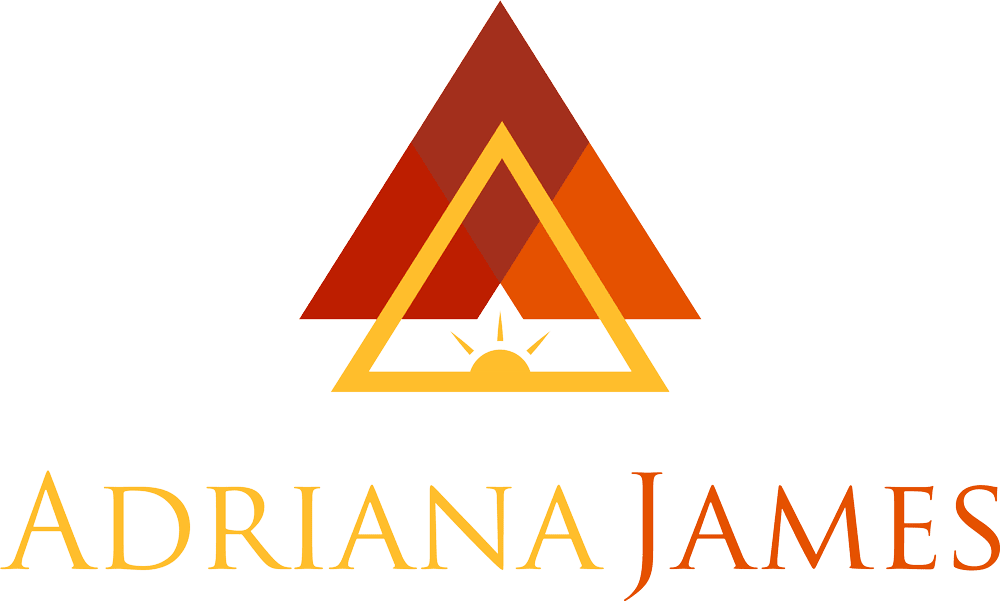In Part 1 of this article, we discussed 2 keys to a successful relationship using NLP & Time Line Therapy®. Specifically the 2 keys we talked about were using Rep System Predicates when communicating to your partner, spouse or mate to gain & maintain rapport and for ease of communication. The second important factor we talked about is speaking either big picture or more detailed based on your significant others Chunk Size Filter Meta Program.
As I mentioned in Part 1, I work side-by-side with and teach NLP, Time Line Therapy® and Hypnotherapy trainings with my husband and co-trainer, Stephan Schafeitel. We work together, we live together, we train together, we work out together, we’re constantly together and we wouldn’t have it any other way. Many of our students ask us after seeing us train together and work together for days on end during our trainings, “How do you do it?” Using the tools we teach like NLP and Time Line Therapy® is how we do it.
Now, let’s look at some additional tools that you can use if you’re interested in strengthening your relationship.
- Time Line Therapy®: What can I say about Time Line Therapy® other than it’s simply amazing! When I first learned TLT® at my NLP Practitioner Training with Drs. Tad & Adriana James, I immediately realized the benefits of using the techniques whenever necessary. Clearing out your negative emotions such as: Anger, Sadness, Fear, Hurt and Guilt (just to name a few) is a must! To be free from these limiting negative emotions in my life and my relationship improved my health and well being instantly. The fact that I could communicate with my mate clearly, easily and openly without the presence of anger, fear, hurt, guilt, jealousy, etc. was life changing. Knowing that both of us are free from negative emotions means that we are always looking to communicate with pure intentions and always looking for a win-win, whatever the situation may be.
Using TLT® to let go of Limiting Decisions from my past was also a key factor in creating my ideal relationship. As we teach in the NLP Practitioner TLT® section, any belief or decision that limits you from your past is a Limiting Decision and can easily be let go with TLT® and allow you to create a new decision of what you want instead. Some common limiting decisions that most people can benefit from letting go of are; “not being good enough,” “I can’t have my ideal relationship,” “I can’t communicate,” “I don’t deserve what I want,” “relationships aren’t worth working for,” or “I can’t have my ideal relationship and be successful in my career,” and so on, you get the point.
The important thing I had realized was that I could create what I wanted in my relationship by letting go of all my negative emotions and Limiting Decisions. By doing this work (and continually doing it when need be) I know that I am always being the best version of me that I can be, which then allows me to always view my other half as the best that he can be.
- Values Alignment: Have you ever experienced an organization, business or retail store where it seemed like all the employees were on the same page; aligned and working toward the same goal? They were interested in what you wanted; they were friendly and truly seemed to enjoy what they were doing. Sure, many people have. Question is, should your relationship be any different than a successful and smoothly operating business? Most major successful corporations and businesses have done some sort of values alignment, as I’m about to discuss here.
During the NLP Master Practitioner we learn high-level communication tools such as Values Elicitation and Values Alignment. Values are what’s important to you. Values are what motivates you in advance and they determine how you feel about something after you do it. Knowing your values is like having a road map or a blue print to your life. In a relationship (or a business organization) this is key to know each person’s values. Once you know your values and your partner’s values, you then know what is important to each other. To take it a step further, you can align your values so that you have a shared list of values. This is what takes a relationship from so-so to really performing! This was a major factor for Stephan and I in taking our relationship from good to performing and creating results.
You can see now how it’s possible to use just a few key concepts from the NLP Practitioner Training and NLP Master Practitioner Training to build and strengthen your relationship can’t you. You too can have the relationship you’ve always wanted. If you’re a graduate of ours, then I encourage you to go out there and put these tools into action. If you have yet to take a training with the Tad James Company, join us and discover what is truly possible!
Enjoy your results and let me know how it goes. I look forward to hearing about your success!



